Why Investing in a Laundry Service Clone App is a Smart Business Move
The on-demand economy is rapidly expanding, which has food distribution, riding and high-growing house services to businesses. An area that experiences significant growth is an on-demand laundry service industry. As people want more convenience in their daily routines, laundry services provide an easy way to clean their clothes without getting out of their homes.
Getting the laundry service clone app computer software can be an intelligent decision if you are a business or entrepreneur owner searching for a lucrative chance. A clone app is an already-made option that matches the functionality of well-known platforms like Rinse and Washeries, but it can be modified to fit your company’s specific needs.
We’ll go about the benefits of investing in a cleaning service clone app in this blog, including how it can help you make consistent earnings.
Growing Demand for On-Demand Laundry Services
———————————-
Busy Lifestyles and Convenience
Due to work, family, and community responsibilities, people are more crowded than ever. When cleaning clothing takes a lot of time, lots of people would rather hire specialists to do their laundry for them. Families and busy professionals find on-demand laundry apps interesting because they let users arrange pickup and delivery times at their convenience.
Rise of Urbanization
The demand for expert cleaning services increases as more and more people relocate to metropolitan areas. Because houses in urban areas frequently lack suitable laundry facilities, on-demand laundry services are very popular.
Preference for Professional Cleaning
Professional cleaning services have been chosen by many people and establishments, especially hotels, salons, and restaurants, for the reason to uphold high levels of hygiene. By adopting a laundry service app, you may connect with an extensive population of clients, including both residential and business customers.
Low Investment with High Returns
———————————-
Cost-Effective Development
Creating an app from scratch is time-consuming and expensive. However, investing in a laundry service clone app saves you plenty of money as the core functionality is already developed. You can customize the app according to your business model without investing a fortune in development.
Scalable Business Model
You can begin small with an on-demand laundry application and increase your services step by step. You can initiate with a single city or region and then expand based on demand. Since the app handles orders, payment, and logistics, it is simpler to scale up the company compared to a physical laundry shop.
Multiple Revenue Streams
A laundry service app provides various ways to generate revenue, including:
- Service charges – Customers pay for washing, dry cleaning, ironing, and folding.
- Subscription plans – Offer weekly or monthly plans for regular users.
- Commission model – If you connect independent laundries with customers, you can charge a commission on each order.
- Advertisements – Allow local businesses to promote their services within your app.
Key Features of a Laundry Service Clone App
———————————-
User Panel Features
Your app should provide a smooth experience for customers. Important features include:
- Simple register and log in with a social media platform, phone number, or email.
- Service selection for washing, dry cleaning, ironing, and folding.
- Pickup and delivery scheduling for convenient time slots.
- Real-time order tracking so users know when their laundry will be delivered.
- Secure payment options including credit or debit cards, wallets, and UPI.
- Ratings and reviews to build trust and improve service quality.
Laundry Partner Panel Features
If your business connects customers with third-party laundry providers, the app should include:
- Order management to accept or reject requests.
- Payment tracking for earnings and withdrawals.
- Performance analytics to monitor customer feedback and improve service.
Admin Panel Features
As a business owner, you need control over the entire system. The admin panel should include:
- User and laundry partner management for smooth operations.
- Commission and pricing control to set service charges.
- Reports and analytics to track business growth.
- Marketing tools for running promotions and discounts.
Competitive Advantage of a Laundry Service Clone App
———————————-
Faster Time to Market
Since clone apps are pre-built, you can launch your business within weeks instead of spending months developing an app from scratch. This allows you to start generating revenue sooner.
Customization and Branding
There is no standard approach with clone apps. Its branding, features, and along may all be customized to make it unique and meet to the preferences of the demographic you are targeting.
Lower Operational Costs
Classical laundry enterprises needed to make essential infrastructural and real estate consumption. You may work together with already-existing laundry centers and participate as an integrator with an app-based a plan of action significantly lowers costs for operations while preserving profitability.
Contactless Service
Post-pandemic, people prefer minimal contact with service providers. A laundry service app enables cashless payments, doorstep pickup, and contactless delivery, making it a safer option for customers.
Steps to Launch Your Laundry Service Clone App
———————————-
Market Research and Business Model Selection
Identify your target market, competition, and pricing strategy. Decide whether you want to own the laundry facilities or partner with local laundries.
Choose the Right Clone App Solution
Select a reliable clone app provider that offers scalability, security, and customization options. Ensure the app is user-friendly and supports multiple payment options.
Customize and Test the App
Modify the app’s design and features to align with your brand. Conduct thorough testing to fix any bugs and improve user experience.
Promote Your App
To entice users, implement digital advertising methods which include influencer collaborations that social media promotional materials, and geographic region promotions. To increase app downloads, give new users discounts.
Launch and Optimize
After launching, continuously analyze user feedback and update the app with new features and improvements to stay ahead of the competition.
Conclusion
Given the increasing requirement for convenient, skilled laundry services, investing in an online laundry service clone app is an intelligent business move. It is a tremendous business the future for entrepreneurs due to offers a cheaper development cost, several revenue sources, and a high potential for return.
With a ready-made solution, you may launch your app fast, customize it to fit your brand, and build your business over time. With an already prepared solution, you can start your app fast, configure it to fit your brand, and develop your company over time. Whether you are an established businessman or an independent entrepreneur, on-demand laundry may represent a lucrative venture for you.



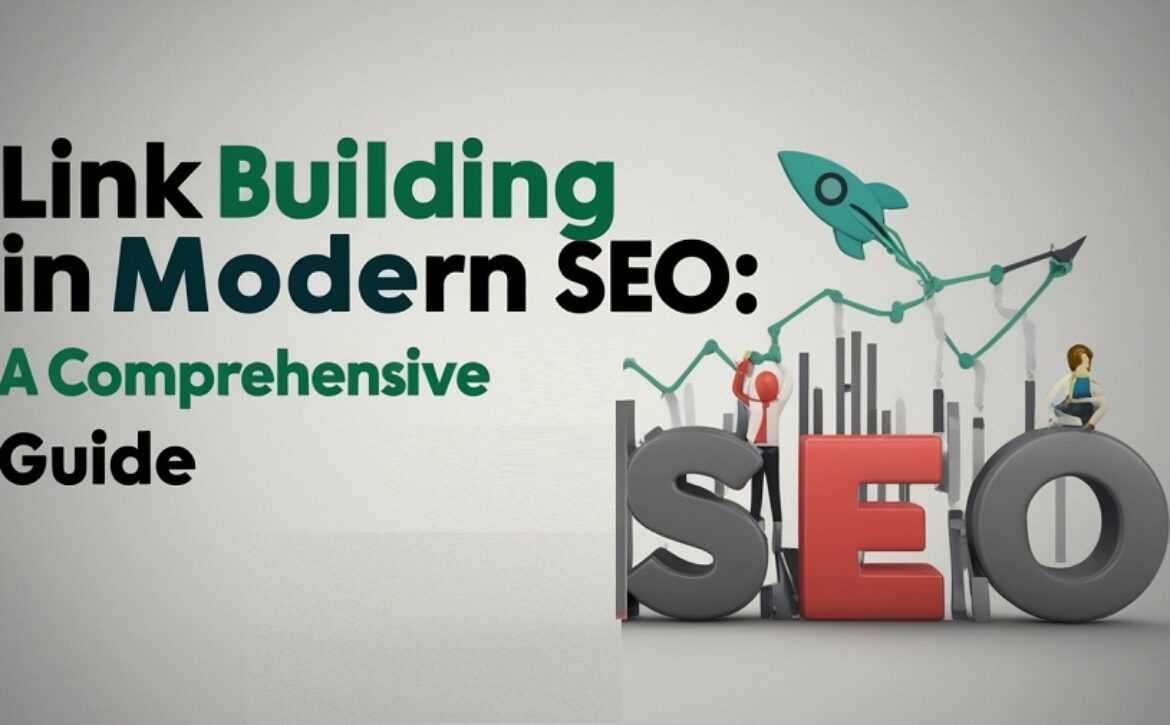


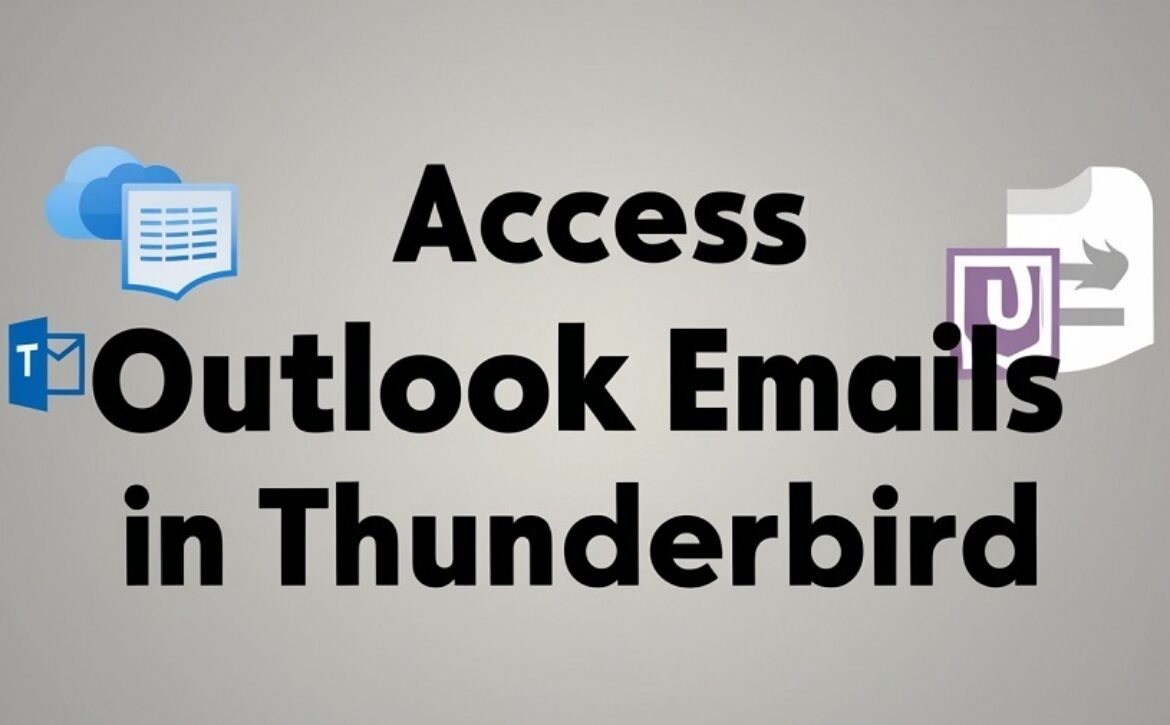
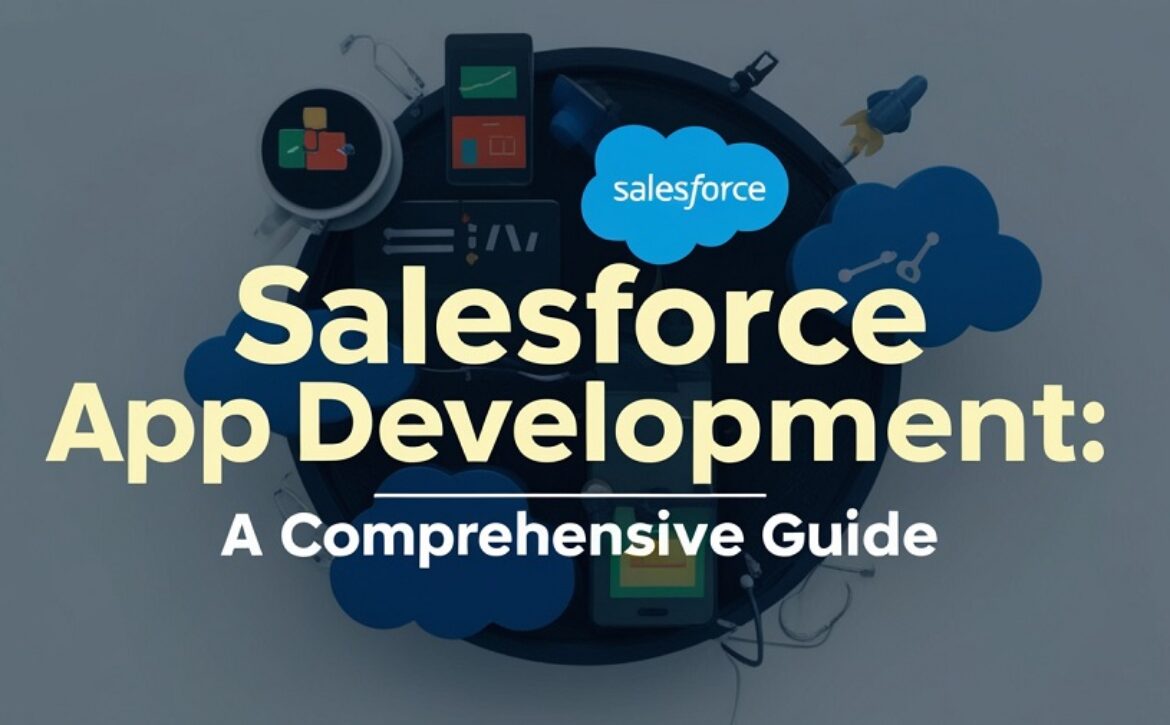


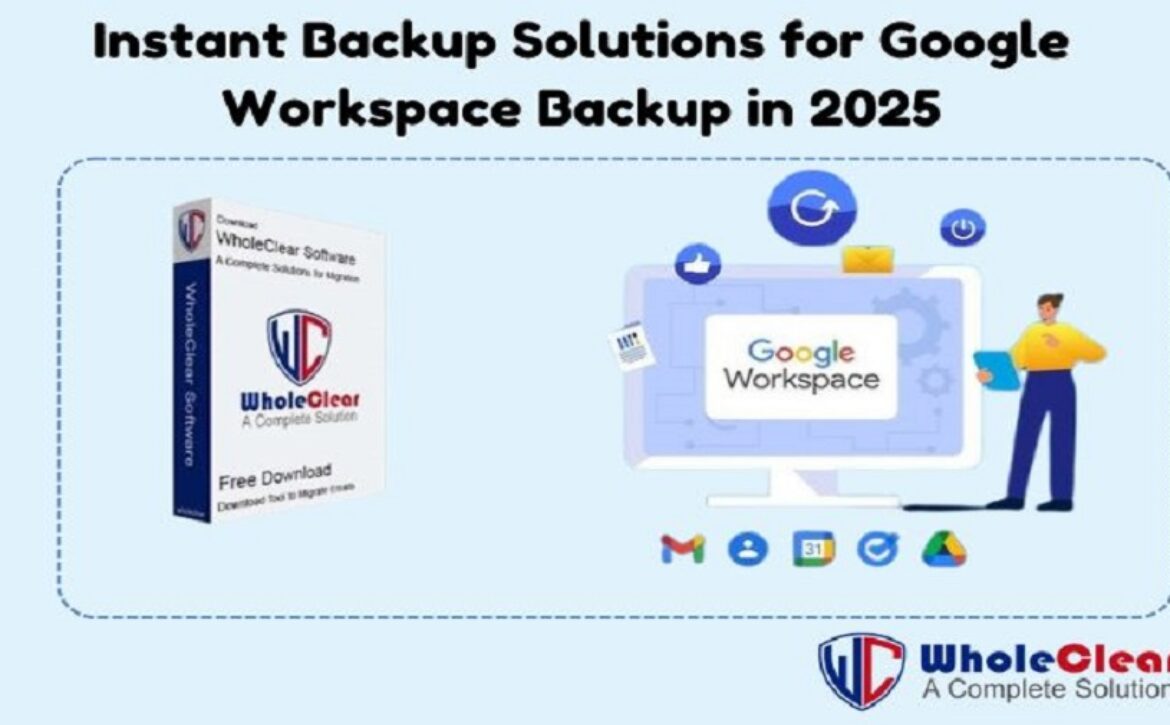
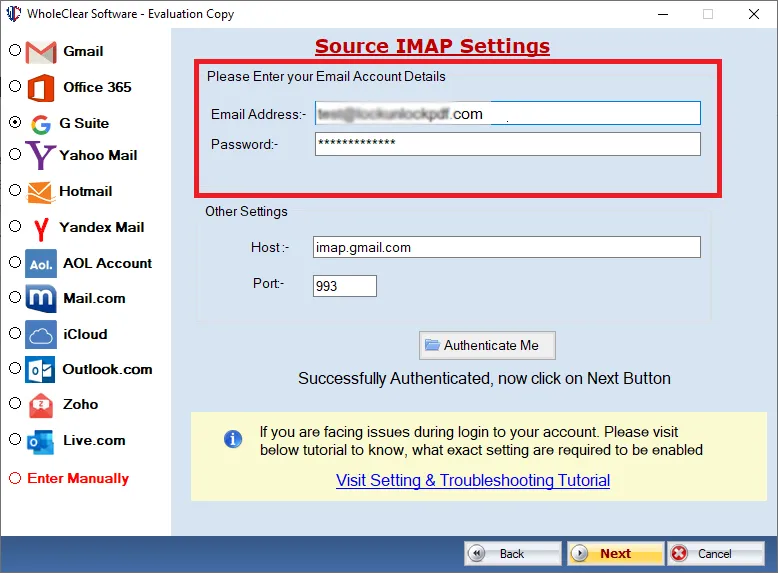
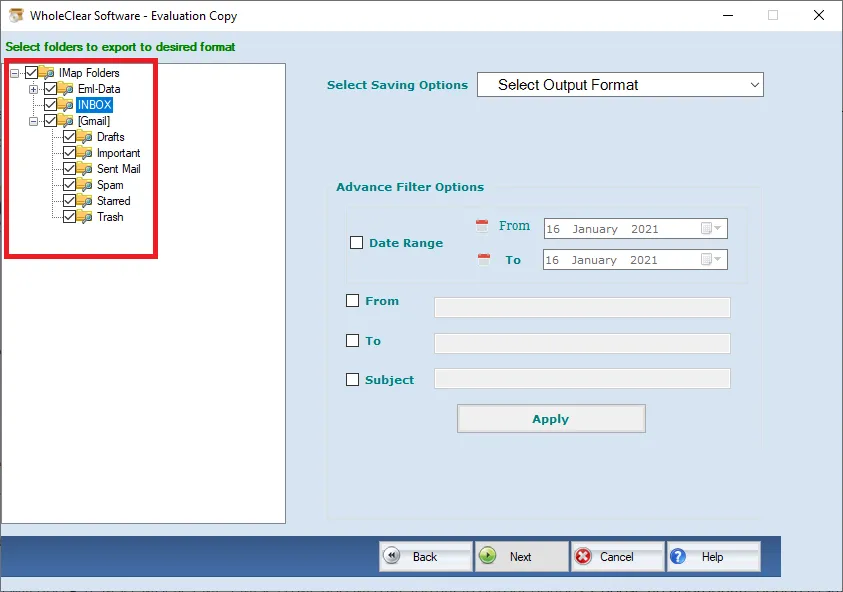
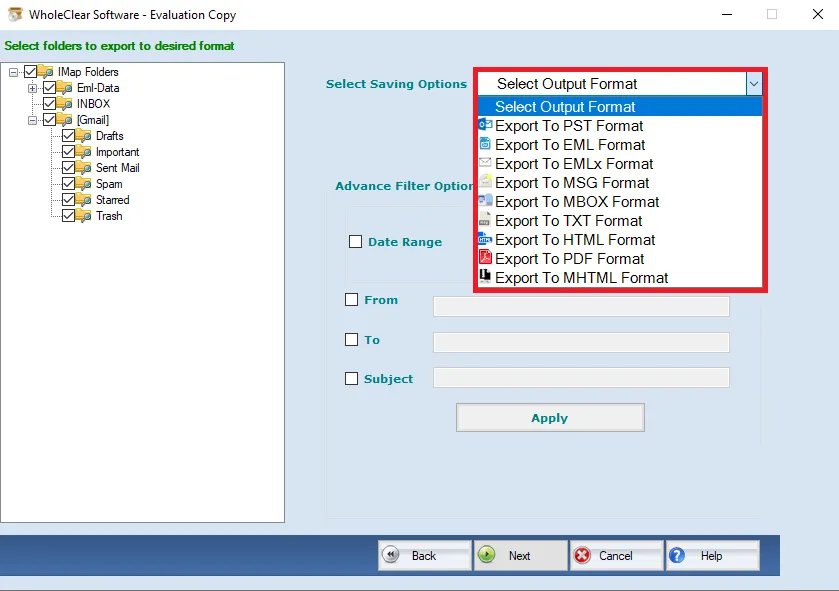
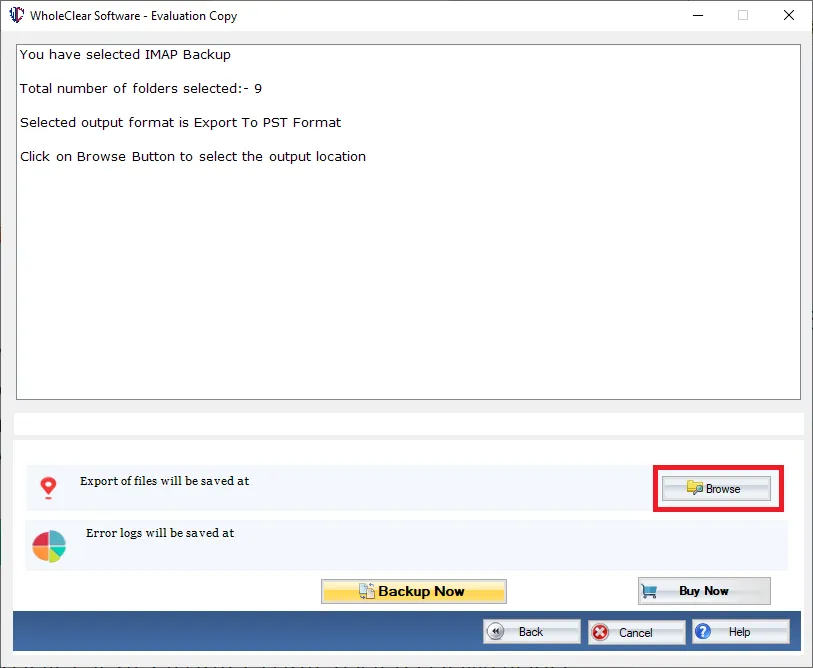
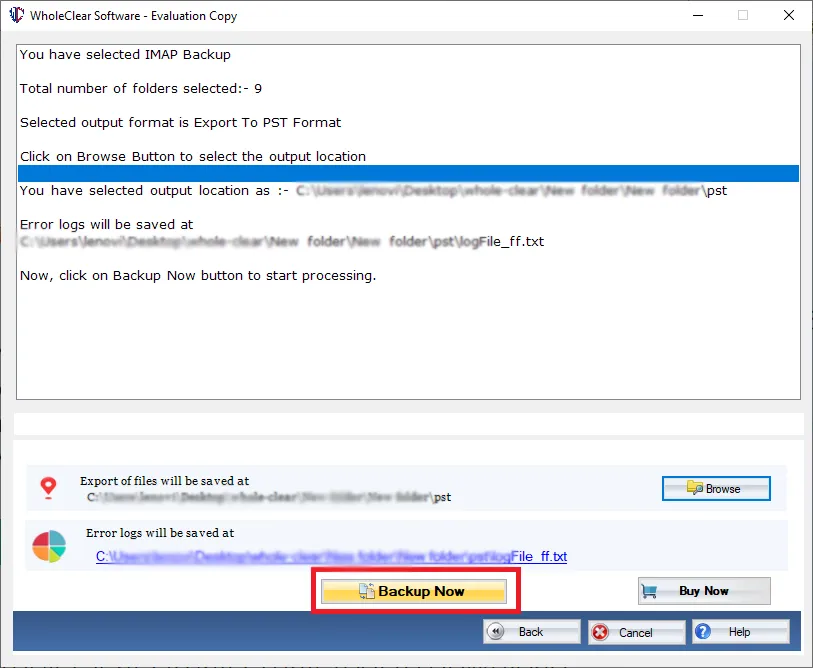
 Manual approaches could be sufficient if your sole need for a backup is one-time. The Professional Google Workspace for Mac Tool is the ideal option, nonetheless, if you wish for a long-term, stress-free solution.
Manual approaches could be sufficient if your sole need for a backup is one-time. The Professional Google Workspace for Mac Tool is the ideal option, nonetheless, if you wish for a long-term, stress-free solution.